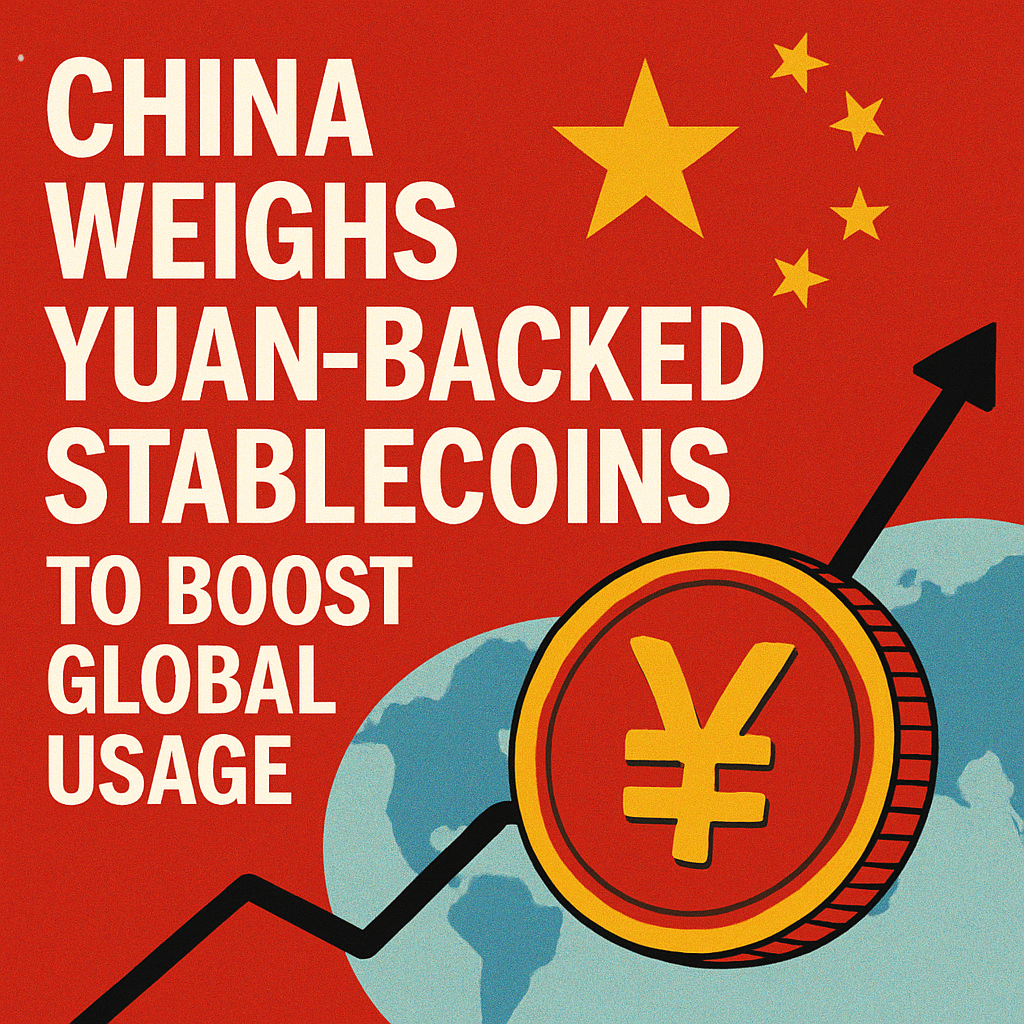China’s cabinet, the State Council, is evaluating a landmark proposal to integrate yuan-backed stablecoins into the global financial system. The review, scheduled for later this month, forms part of a broader strategy to accelerate international adoption of the yuan and challenge U.S. dollar dominance in digital asset markets.
Under the draft roadmap, the People’s Bank of China and other domestic regulators would establish clear responsibilities for stablecoin issuance and oversight. The guidelines are expected to cover reserve requirements, audit protocols, and anti-money laundering controls. Hong Kong and Shanghai have been named as initial pilot jurisdictions, where regulatory sandboxes will facilitate experimental deployments and real-world testing of yuan-pegged tokens.
Market participants say the shift marks a reversal of Beijing’s earlier bans on cryptocurrency trading and mining, reflecting a new focus on leveraging blockchain for cross-border payments. China aims to lift the yuan’s global payment share, which stood at 2.88% in June, according to SWIFT data. By comparison, the U.S. dollar commanded 47.19% of global transactions.
If approved, the stablecoin initiative could pave the way for seamless, low-cost transfers in trade finance and remittances, reducing reliance on traditional correspondent banking rails. However, capital controls and stringent foreign exchange rules remain key hurdles. Industry experts caution that balancing innovation with financial stability and data security will be critical for success.
The proposal is expected to be unveiled following a senior leadership study session on yuan internationalisation. Officials will deliver policy directives to define the permissible scope of stablecoin issuance, ensuring compliance with existing monetary and fiscal frameworks. Wider discussions on digital asset strategy are slated for the SCO summit in Tianjin at the end of August.

Comments (0)